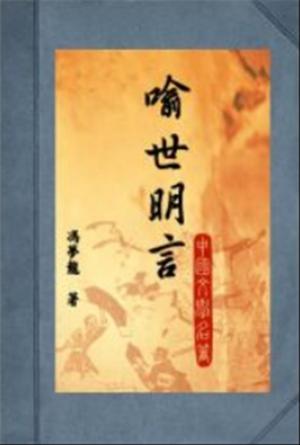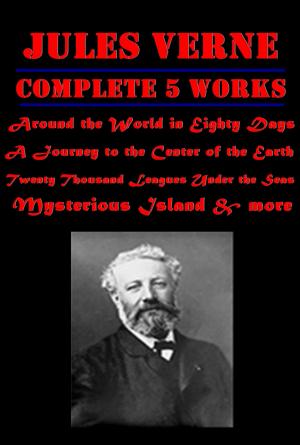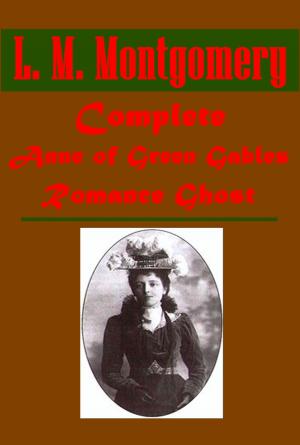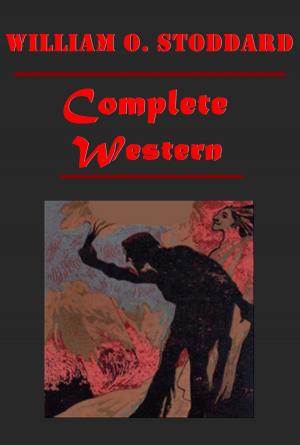Queen Moo's Talisman, The Fall of the Maya Empire (Illustrated)
Nonfiction, History, Greece, Reference, Historiography, Medieval| Author: | Alice Dixon Le Plongeon | ISBN: | 1230000293190 |
| Publisher: | AGEB Publishing | Publication: | January 24, 2015 |
| Imprint: | Language: | English |
| Author: | Alice Dixon Le Plongeon |
| ISBN: | 1230000293190 |
| Publisher: | AGEB Publishing |
| Publication: | January 24, 2015 |
| Imprint: | |
| Language: | English |
In justice to the author of “Queen Móo’s Talisman”, it may be recorded that at the time of its writing, there was no intention of allowing the verses to go into print; they were penned only for the one to whom they are dedicated.
The songs introduced have been arranged to the metre of the two or three ancient melodies yet occasionally heard among the natives of Yucatan. The one to the rain gods is a versification (set to the tune even now used in a sun-dance) of an old Maya prayer translated from that language by Dr. Le Plongeon and published in his work “Queen Móo and the Egyptian Sphinx.” The melody to which the Love Song is set is not Maya. In connection with the lines touching upon love and pain it may be remarked that in the Maya language there is but one word to express both.
In this poem are represented as nearly as possible, the religious ideas of the Mayas, their belief in KU, the Supreme Intelligence; in the immortality of the soul, and in successive lives on earth before returning to the great Source whence all emanate; also their rites and ceremonies as gathered from traditions of the natives of Yucatan, the fresco paintings found at Chicħen, and the books of ancient Maya authors.
As the general reader can hardly be expected to be familiar with the peculiar customs and ideas of the natives of Central America, these are sufficiently set forth in the Introduction, a careful perusal of which will greatly contribute to an appreciation of the poem.
Attention is also invited to the separate page containing a list of the Maya names and their meanings.
The second part of this narrative poem must be regarded not as a matter of belief on the part of the author, but solely as having been suggested by the belief of the natives who worked for Dr. Le Plongeon in his explorations among the ruins of Chicħen.
In justice to the author of “Queen Móo’s Talisman”, it may be recorded that at the time of its writing, there was no intention of allowing the verses to go into print; they were penned only for the one to whom they are dedicated.
The songs introduced have been arranged to the metre of the two or three ancient melodies yet occasionally heard among the natives of Yucatan. The one to the rain gods is a versification (set to the tune even now used in a sun-dance) of an old Maya prayer translated from that language by Dr. Le Plongeon and published in his work “Queen Móo and the Egyptian Sphinx.” The melody to which the Love Song is set is not Maya. In connection with the lines touching upon love and pain it may be remarked that in the Maya language there is but one word to express both.
In this poem are represented as nearly as possible, the religious ideas of the Mayas, their belief in KU, the Supreme Intelligence; in the immortality of the soul, and in successive lives on earth before returning to the great Source whence all emanate; also their rites and ceremonies as gathered from traditions of the natives of Yucatan, the fresco paintings found at Chicħen, and the books of ancient Maya authors.
As the general reader can hardly be expected to be familiar with the peculiar customs and ideas of the natives of Central America, these are sufficiently set forth in the Introduction, a careful perusal of which will greatly contribute to an appreciation of the poem.
Attention is also invited to the separate page containing a list of the Maya names and their meanings.
The second part of this narrative poem must be regarded not as a matter of belief on the part of the author, but solely as having been suggested by the belief of the natives who worked for Dr. Le Plongeon in his explorations among the ruins of Chicħen.















